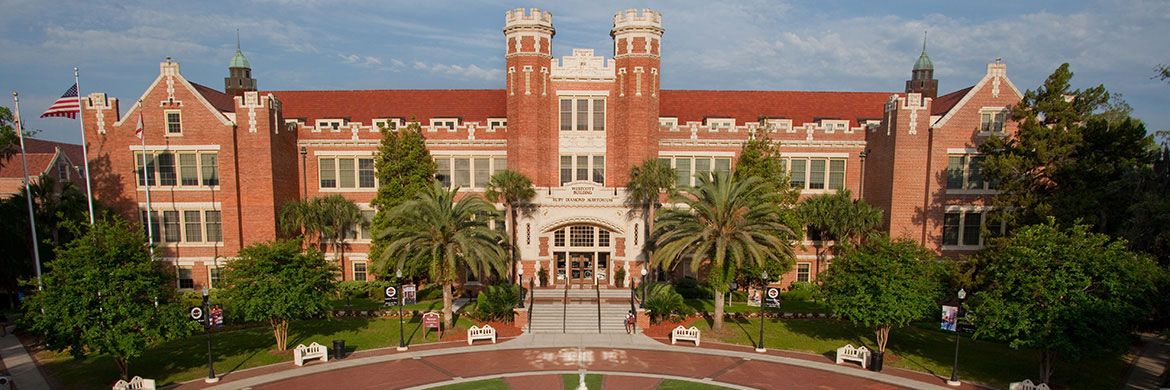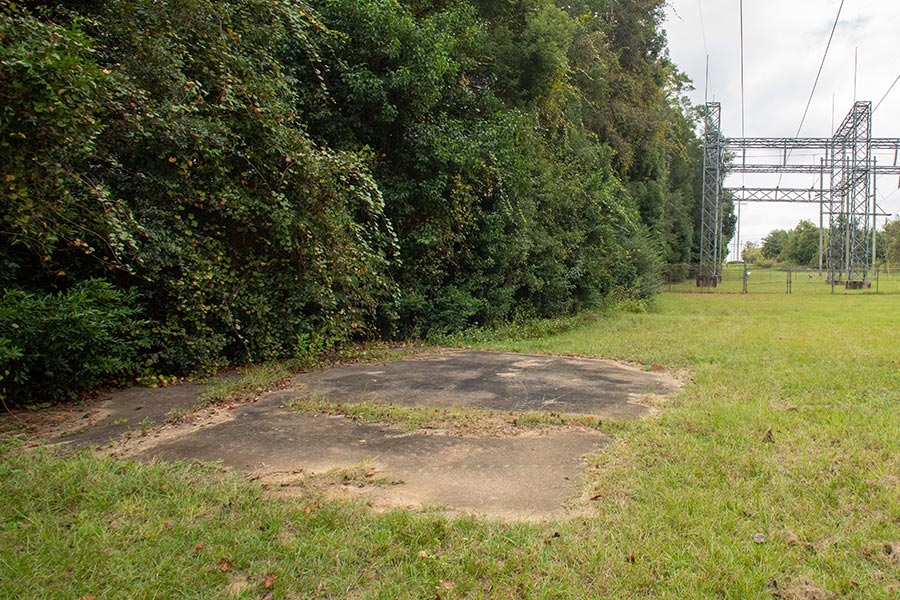
In the 1950s, the University was approached by the United States Atomic Energy Commission (AEC) to research the effects of low-level radionuclides for a better understanding of possible short- and long-term biological consequences from the use of atomic energy. The AEC issued multiple research contracts to FSU as part of a larger research program consisting of approximately 225 institutions which included universities, non-profit research institutions, and government agencies.
While conducting this sponsored research, the University disposed of low-level radiation wastes at two licensed sites. The first site, located at the remote edge of FSU’s Southwest campus on what was formerly a dairy farm, was operated from 1958 to 1964 (Tallahassee Site). The location of the site was approved by the AEC and operated in accordance with a license issued by the AEC for byproduct materials and a license issued by the Florida State Board of Health for radiological waste. The Tallahassee Site is small, measuring approximately 25 feet by 25 feet, and 8 feet deep, and is covered with a concrete slab. The second site is located in Leon County within a remote area of the Apalachicola National Forest, approximately 0.35 mile to the east of State Road 267 (Apalachicola Forest Site). This site operated from 1967 to June 1979 pursuant to a Special Use Permit issued by the U.S. Forest Service and a license issued by the Florida State Board of Health. The Apalachicola Forest Site is also small, comprising approximately 0.25 acre, and is covered with a concrete slab. The disposal of the wastes and the operation of the sites was performed at all times in accordance with the applicable licenses, permits and regulations at the time.
FSU is currently working with its environmental experts and appropriate regulatory agencies to coordinate the removal of the wastes and to address any impacted soils or groundwater as may be necessary.



